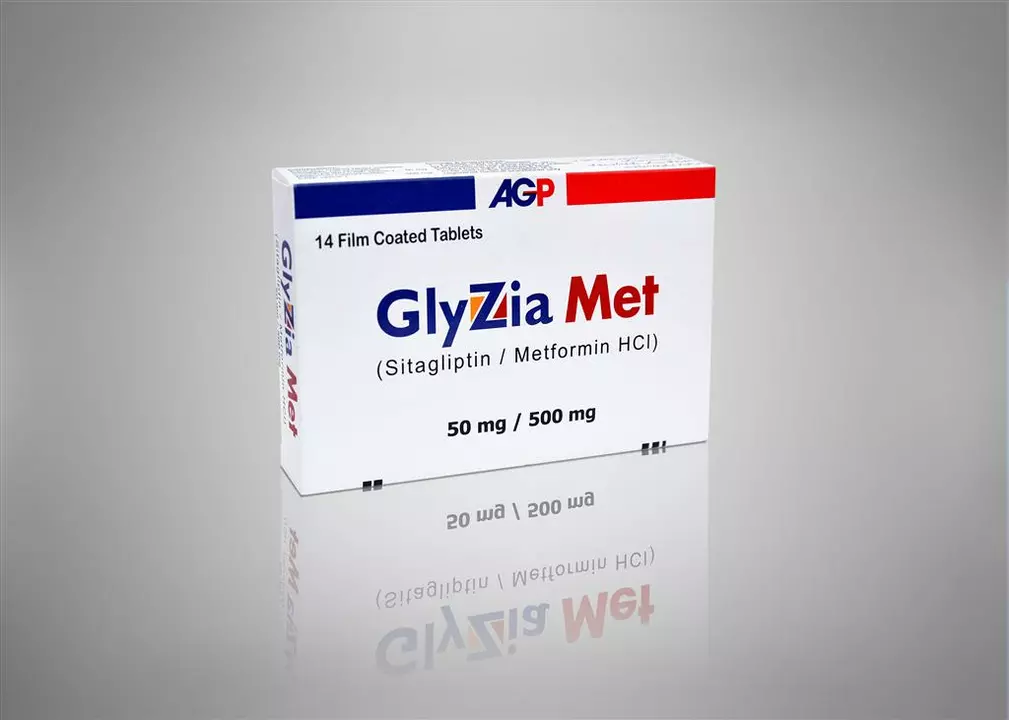Diabetes control made simple: habits that actually work
You don’t need a perfect plan to control blood sugar. Small, consistent changes often beat dramatic diets. This page gives clear, practical steps you can use right away to lower highs, prevent lows, and feel better day to day.
Daily habits that matter
Check blood sugar strategically: first thing in the morning, before meals, and a couple hours after bigger meals. Patterns matter more than single readings—write them down or use an app so you can spot trends.
Control carbs, not calories only. Focus on portion size and the type of carbs. Choose whole grains, beans, vegetables, and fruit over sugary drinks, white bread, and sweets. A simple plate rule: half non-starchy veggies, one quarter lean protein, one quarter whole grains or starchy veg.
Add protein and fiber to every meal. Protein slows the sugar spike after eating; fiber from vegetables, beans, and oats helps steady blood sugar and keeps you full longer. Swapping a sugary snack for Greek yogurt with berries or an apple with peanut butter makes a real difference.
Move daily, even in short bursts. You don’t need an hour at the gym. A 10–15 minute walk after a meal lowers post-meal glucose. Strength training twice a week helps insulin work better by building muscle that uses glucose.
Sleep and stress are part of the equation. Aim for consistent sleep times and try simple stress tools—deep breaths, a short walk, or a 5-minute guided relaxation. Stress hormones raise blood sugar, so managing tension pays off.
Medication, monitoring and tech that help
Take medications exactly as prescribed. Missing doses or changing timing without talking to your clinician leads to swings. If side effects or cost are a problem, bring those up—there are often alternatives or patient assistance programs.
If you use insulin, learn timing and dose rules: match rapid-acting insulin to meal carbs and know how to correct highs safely. Store insulin in a cool place and check expiration dates—heat can ruin potency.
Consider continuous glucose monitoring (CGM) if you can—CGM shows real-time trends and helps you see what foods and activities move your numbers up or down. Many apps sync with meters and let you share data with your care team easily.
Don’t forget routine checks: HbA1c every 3 months when changing treatment, at least twice a year once stable. Annual eye, foot, kidney tests, and monitoring for blood pressure and cholesterol keep complications low.
Start small this week: pick one meal to improve, add a 10-minute post-meal walk, or set a consistent bedtime. Track the change for two weeks and build from there. Small wins stack up fast and make diabetes control practical, not punishing.
The cost of sitagliptin-metformin: is it worth the investment for diabetes control?
As a diabetes patient myself, I have been researching the cost of sitagliptin-metformin and whether it's worth the investment for better diabetes control. From what I've discovered, this combination drug has proven to be quite effective in managing blood sugar levels. However, the cost can be quite high, especially for those without insurance coverage. In my personal opinion, investing in sitagliptin-metformin could be worth it for individuals struggling to manage their diabetes with other medications. It's essential to discuss this option with your healthcare provider to determine if it's the best choice for your specific situation.

